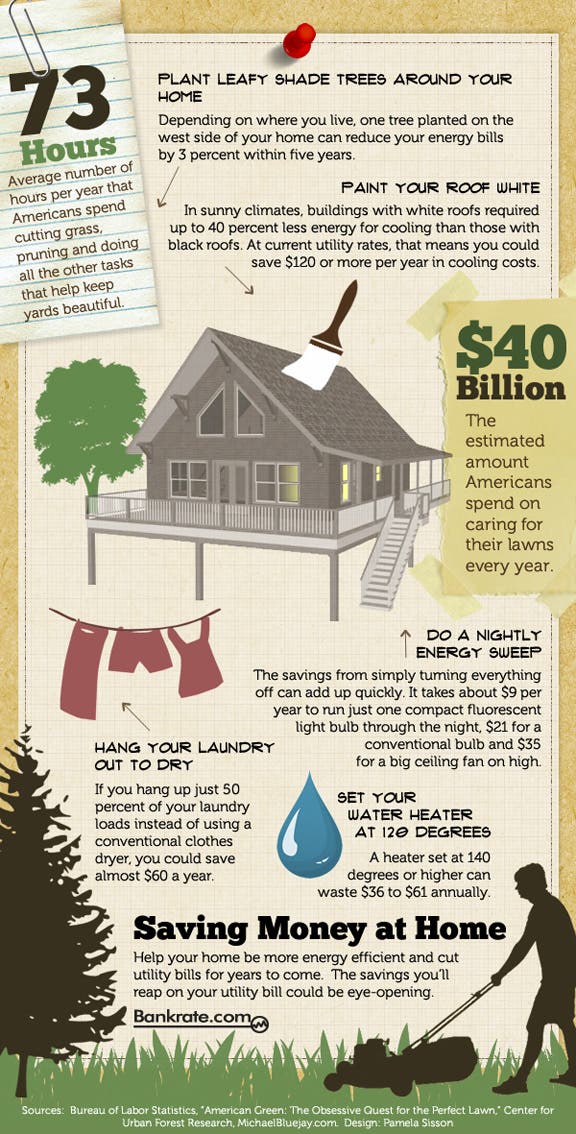Indicators That It Is Needed To Eliminate A Tree - A Handbook For Home Owners
Indicators That It Is Needed To Eliminate A Tree - A Handbook For Home Owners
Blog Article
Post By-Wright Noer
Trees include beauty and worth to residential property, however they can additionally position a threat during extreme weather occasions. If a tree has actually stopped expanding, is displaying visible fungal growth, or has a leaning trunk, it must be eliminated by an expert to avoid home damage and injury.
To learn more, participate in a house owner source fair co-hosted by HPD, the Facility for New York City Neighborhoods, and Brooklyn-based housing partners this night in Bedford-Stuyvesant. The event will certainly feature the Homeowner Handbook, a brand-new guide to assist property owners browse the obligations of possessing a home.
1. Dead or Dying Branches
Trees are an indispensable part of your home's landscape, providing color and appeal. They also give shelter for wild animals and produce oxygen, yet also healthy and balanced trees can experience health problems that might demand their elimination. Dead or passing away trees aren't simply unpleasant, they can be harmful. Their branches could fall throughout a tornado, leading to pricey residential or commercial property damage and injuries.
When a tree's branches begin to pass away, it indicates that its structure is starting to break down. If most of its branches are dead, it is most likely time to remove it.
Look for an absence of brand-new development, bark peeling, open injuries or dental caries, fungis expanding on the trunk or origins and a general look of decay in the whole canopy. https://www.channel3000.com/city-officials-share-tips-on-how-to-report-trees-damaged-by-severe-weather/ of infection can suggest a severe trouble that will certainly call for expert tree services to solve.
2. Leaning Trunk
While it's regular for trees to lean every now and then due to phototropism, if a tree has a harmful or extreme lean that's not as a result of natural processes - it could be an indication that the tree needs to be eliminated. If the tree is leaning toward a high-voltage line, home, vehicle, play framework or any other location that could be hazardous to people if it drops, then speaking to a professional tree service for elimination must be a leading priority.
It's also crucial to expect any sudden changes in a tree's leaning as it can indicate damages to the origins or trunk that might cause dropping. This is especially true throughout thundercloud, since high winds and rain-soaked dirt can create a lean to change quickly. Normal monitoring, particularly during and after storms can help homeowners identify possible troubles with their trees so they can call an arborist for a detailed evaluation.
3. matanance , such as wood-boring pests like emerald ash borer or sap-suckers like range insects, are so extreme that they can trigger a tree to pass away. The best way to avoid pest problem is to check your trees often. Search for places, openings, or stainings in the fallen leaves and bark. Analyze the trunk for splits and signs of insect damage, such as tunnels or tracks.
If a tree comes to be as well ravaged with insects, or is close to a home or high-voltage line, an arborist may suggest elimination. If a leaning tree creates a brand-new, unpredictable lean, an arborist will likely advise elimination as well to guarantee the security of people and residential or commercial property. If a weakened or dead tree continually sheds excessive branches, it is a sign that it is time to get rid of the tree. If a tree continues to lose branches for an extensive time period, it can cause structural issues and potential property damages.
4. Damaged Trunk
Trees are a gorgeous and important part of our landscape, yet they do require normal care to keep them healthy and balanced and safe. If a tree is damaged beyond repair it is most likely time for it ahead down.
Look for indications of damage to the trunk, consisting of vertical splits, joints, dead branch stubs, noticeable injuries or open tooth cavities and severe tree-rot. The visibility of fungi at the base of the trunk is another advising sign. Fungis may show that the phloem and xylem (life-support cells) are jeopardized, permitting the spread of disease or a future failing.
Likewise, consider whether the tree has actually stopped expanding. Healthy trees will have new development yearly, which may show up as buds or branches sprouting and prolonging. If you don't see any new growth, it's a good concept to have an arborist examine the tree and follow their suggestion for removal. A passing away or harmed tree can drop and cause home damage.